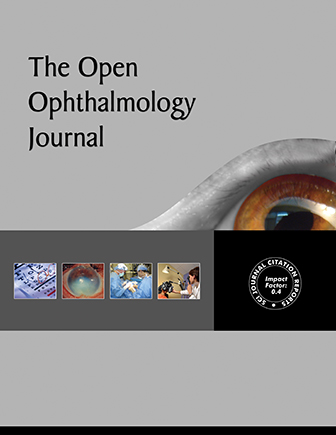All published articles of this journal are available on ScienceDirect.
Nitro-oxidative Mechanism and Therapeutic Potential in Diabetic Retinopathy
Abstract
The retinal circulation is a specialized system vital for delivering oxygen and nutrients, regulating vascular tone, and maintaining a stable microenvironment for neurons, glia, and blood vessels. In diabetes, chronic hyperglycemia induces oxidative stress, inflammation, and endothelial dysfunction, disrupting retinal microcirculation. This leads to impaired vascular permeability, ischemia, and neovascularization, ultimately causing Diabetic Retinopathy (DR). The most crucial factor in DR involves nitro-oxidative stress, characterized by increased Nitric Oxide (NO) production or altered expression of Nitric Oxide Synthase (NOS) isoforms. These isoforms, critical for vascular homeostasis and blood flow, generate Reactive Oxygen Species (ROS), such as the superoxide anion. ROS reacts with NO to form peroxynitrite, a damaging molecule that modifies tyrosine residues in proteins, causing nitrotyrosine formation, DNA damage, and lipid peroxidation. These processes compromise the blood-optic nerve barrier, exacerbating retinal damage. Emerging therapeutic strategies were aimed to modulate NOS isoforms by enhancing or inhibiting their activity, supplementing cofactors, or reducing oxidative stress. Such approaches showed promise in mitigating DR progression. This review explores the pathophysiological mechanisms underlying DR, focusing on nitro-oxidative pathways, and highlights the therapeutic potential of targeting these mechanisms. Understanding these processes could pave the way for innovative treatments to combat this debilitating condition.


